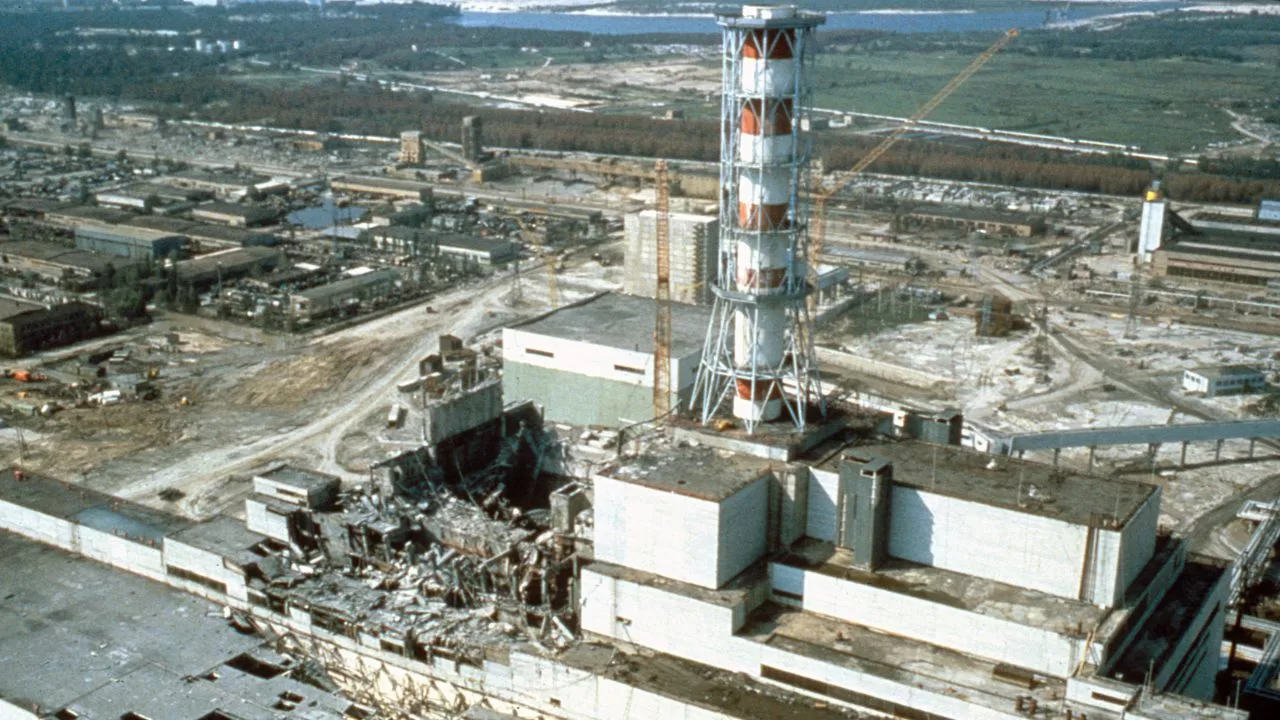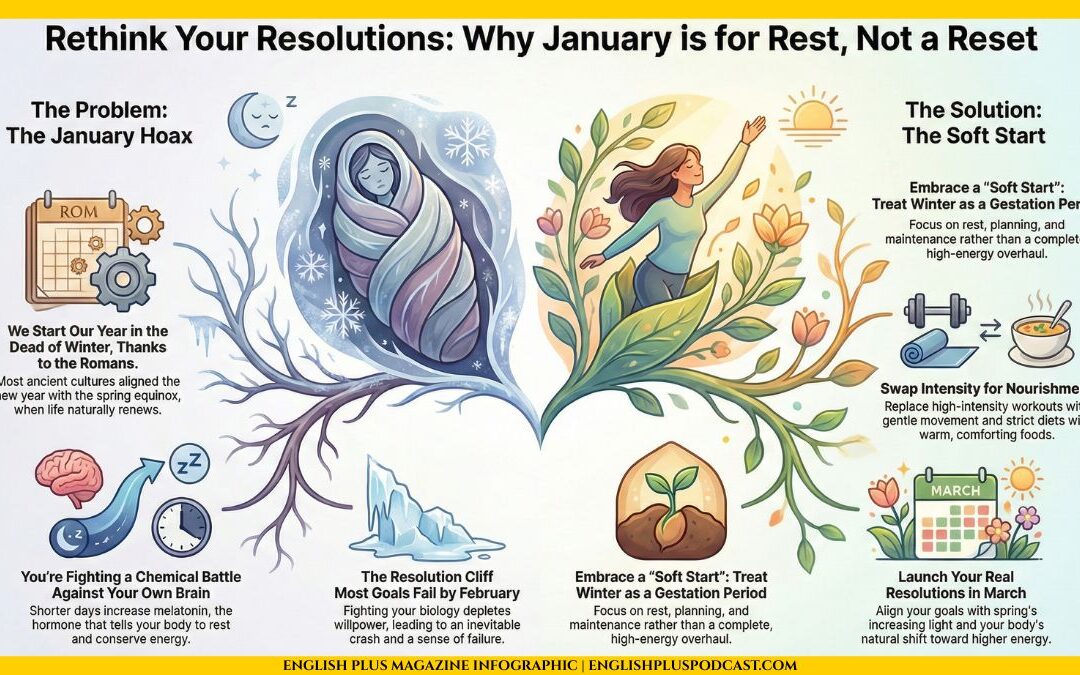Once upon a time, the promise of nuclear energy seemed boundless. Its prospects dazzled like stars in a clear night sky, each twinkle a potential solution to our energy woes. But like many promising tales, this too had its dark turns—events that etched deep scars on the face of our planet and humanity: the Chernobyl and Fukushima disasters.
The Chernobyl disaster, in 1986, was the first grim chapter. Nestled in the heart of Ukraine, the Chernobyl Nuclear Power Plant was the epitome of Soviet engineering. On a fateful April night, a late-night safety test went awry, and Reactor 4 exploded. The incident spewed a radioactive cloud over much of Europe and exposed countless people to ionizing radiation, altering the trajectory of countless lives and the environment.
Fast-forward 25 years to March 2011, another horrifying event unfolded at the Fukushima Daiichi Nuclear Power Plant in Japan. An undersea earthquake off the Pacific coast triggered a tsunami that overwhelmed the plant’s sea wall. The cascading failures that ensued led to three nuclear meltdowns, hydrogen-air explosions, and the release of radioactive materials, marking the worst nuclear disaster since Chernobyl.
Both events were stark reminders of nuclear power’s potential devastation. Their echoes reverberate through time, forcing us to reassess our relationship with this double-edged sword. They’ve taught us invaluable lessons about nuclear safety, risk management, and disaster response.
One of the significant lessons was the vulnerability of nuclear plants to unexpected natural disasters. Before Fukushima, the industry’s safety paradigm was focused on human error and equipment failure. Post-Fukushima, there is a heightened awareness about the importance of preparing for extreme external events, such as earthquakes, tsunamis, floods, and climate change-induced disasters.
In the shadow of these catastrophes, we also learned about the consequences of poor risk communication and the importance of transparency. Misinformation and lack of trust in official sources during both Chernobyl and Fukushima exacerbated the fear and psychological trauma among the affected populations. This highlighted the necessity for accurate, timely information and compassionate, effective communication in the aftermath of nuclear accidents.
Furthermore, the lingering health effects—both physical and psychological—underscored the need for long-term medical and psychological care for survivors. Increased rates of thyroid cancer, leukemia, cardiovascular diseases, mental health issues, and post-traumatic stress disorders are dark legacies that require continuing attention and resources.
The environmental impacts, too, were devastating and long-lasting. Large areas around both Chernobyl and Fukushima remain uninhabitable, and wildlife has been significantly affected. It re-emphasizes the need for better environmental protection measures and restoration efforts following nuclear accidents.
The lessons of Chernobyl and Fukushima also permeated regulatory frameworks. These disasters catalyzed the reform of nuclear safety guidelines worldwide, leading to stricter regulations, better safety measures, and the strengthening of the international nuclear safety regime.
The enduring lesson, perhaps, is that while we harness the atom’s power, we must never forget its potential for destruction. Nuclear energy offers immense benefits, but it comes with its unique set of challenges and responsibilities. As we march into the future, the memories of Chernobyl and Fukushima must serve as our guiding stars, illuminating our path towards a safer and more responsible nuclear era.
While these disasters cast long, dark shadows, they also present an opportunity. An opportunity to learn, grow, and improve. To take the tragedies of Chernobyl and Fukushima and turn them into wisdom. To ensure that while we reach for the stars, we keep our feet firmly on the ground, remembering the price we’ve paid and the lessons we’ve learned. And in this balance, we might just find the best path forward, where nuclear energy serves us, and we respect and handle it with the caution and reverence it demands.
Keywords:
- Nuclear energy: The energy released during nuclear fission or fusion, especially when used to generate electricity.
- Ionizing radiation: Radiation consisting of particles, X-rays, or gamma rays with enough energy to remove tightly bound electrons from atoms, thus ionizing them.
- Meltdown: A catastrophic failure in a nuclear reactor, resulting in the release of radiation due to overheating.
- Risk management: The process of identifying, assessing, and controlling threats to an organization’s capital and earnings.
- Risk communication: The exchange of information and opinions among individuals, groups, and institutions about risks and potential hazards.
- Post-traumatic stress disorders: A psychiatric disorder that can occur in people who have experienced or witnessed a traumatic event.
- Environmental protection measures: Practices that aim to conserve, maintain or restore the state of the environment and natural resources.
- Regulatory frameworks: A system of regulations and the means used to enforce them.
- Nuclear safety regime: A set of legal, regulatory, and international agreements aimed at ensuring the safety of nuclear installations.
- Responsible nuclear era: A period in human history marked by the responsible and safe use of nuclear energy.
Key Takeaways:
- The Chernobyl and Fukushima disasters highlight the vulnerability of nuclear plants to unexpected natural disasters and the necessity of preparing for such events.
- These nuclear accidents emphasized the consequences of poor risk communication and the importance of transparency and trust.
- Survivors of these incidents face long-term health effects, highlighting the need for continuous medical and psychological support.
- The environmental impacts of such disasters are devastating and long-lasting, necessitating improved environmental protection measures.
- These disasters have driven the reform of nuclear safety guidelines and regulations worldwide.
- The lessons from these events emphasize the need for a balanced approach to nuclear energy, respecting its potential benefits and acknowledging its risks.
The Nuclear Age Articles
Unraveling The Atomic Age: The Life and Legacy of J. Robert Oppenheimer
Unveiling the Atom: The Manhattan Project’s Deep Impact on World History
Albert Einstein: The Maverick Mind that Revolutionized Physics
Leo Szilard: The Atomic Pioneer’s Crusade for Peace
The Ethical Odyssey: Exploring Morality in the Course of Scientific Discovery
Los Alamos National Laboratory: Navigating the Past, Present, and Future of Scientific Innovation
The Cold War: Superpowers in the Ballet of Weaponry
Nuclear Proliferation: The Ever-Present Global Challenge
Interplay of Science and Politics: The Unsung Dance of Progress
Enrico Fermi: Mastermind Behind the Nuclear Age
From Atomic To Thermonuclear: A Detailed Examination of Nuclear Weapon Evolution
The Unforgotten Echoes: Hiroshima and Nagasaki’s Tale of Nuclear Devastation and Human Resilience
Living Under the Mushroom Cloud: The Psychological Impact of the Nuclear Age
Nuclear Fallout: Unmasking the Invisible Threat to Health and Environment
The Power and Peril of Nuclear Energy: A Balanced Perspective
Radiation Sickness: Unveiling the Hidden Costs of the Nuclear Age
From Darkness to Light: Lessons from Chernobyl and Fukushima
Deciphering the Nuclear Waste Conundrum: The Path Towards Sustainable Solutions
Guarding the World from Nuclear Threats: International Laws for Nuclear Disarmament
Journey to Peace: Unraveling the Path to Global Nuclear Disarmament
Culture Echoes of the Atomic Age: Artistic Narratives in the Nuclear Era










0 Comments